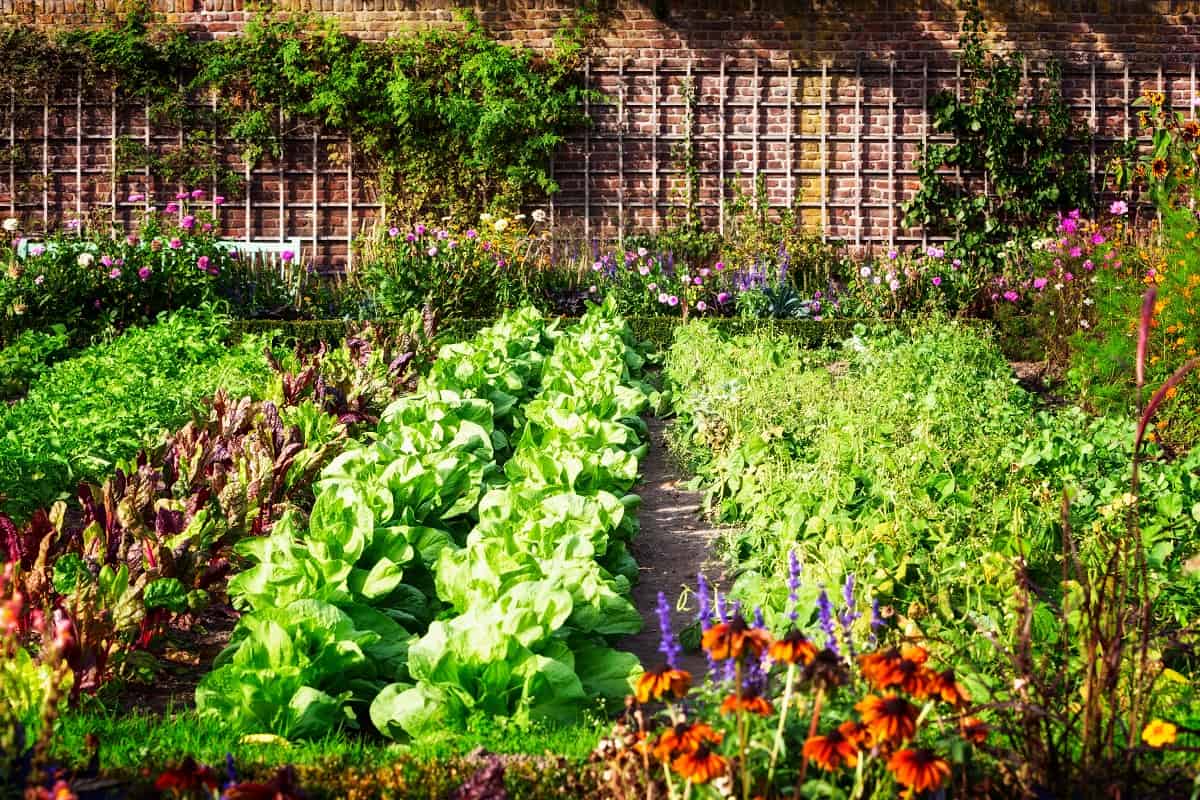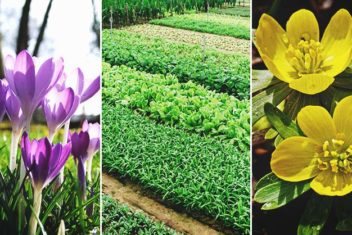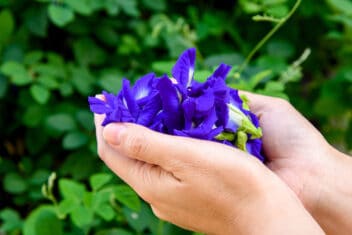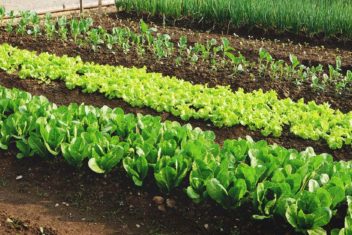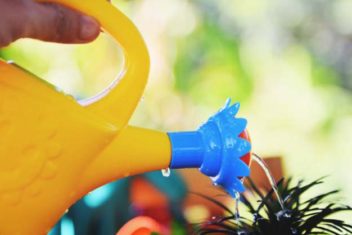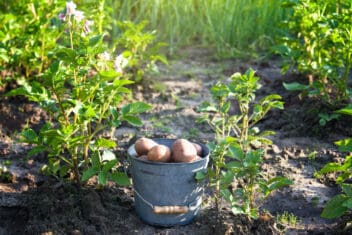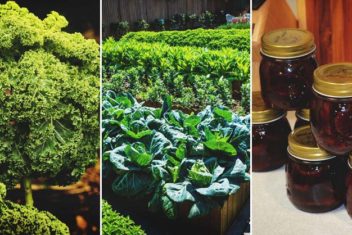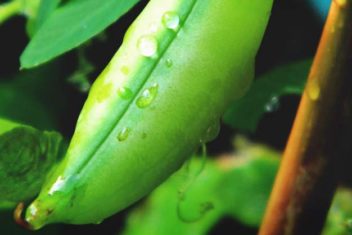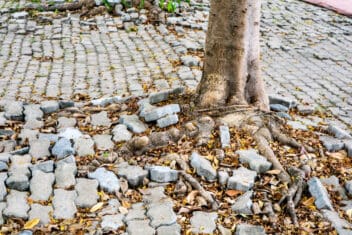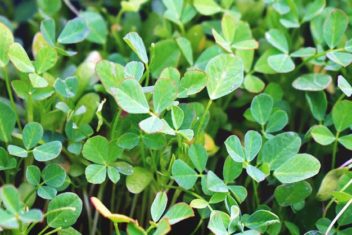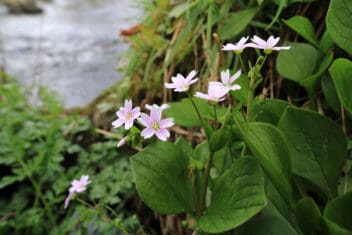The first year I had my garden, I was borderline obsessive in following planting guidelines. I was obsessed about watering and mulching and always, always, always stuck to the spacing recommendations as specified on the back of each seed packet.
As I’ve gained more experience, though, I’ve realized that doing so is not always necessary. In fact, there are many situations in which it makes less sense to space out plants than it does to grow them close together.
Mostly, an overcrowded garden will not thrive, as the plants will compete for water, nutrients, and space. However, there are some situations in which overcrowding, or more eloquently put, intensive planting, is a good idea.
Here are some tips.
What Is Intensive Planting?
Intensive planting is a method of growing plants that requires you to ignore what all those plant tags say – and to instead plant your crops very close together.
Although it sounds like this method would be a recipe for disaster, that’s actually not the case. When done correctly, intensive planting can conserve resources and be a more sustainable method of growing food, too.
It might sound like a modern, trendy concept, but in reality, intensive planting has been done for over 4,000 years. Cultures all over the world have embraced this planting method, practicing it in places like Europe, Latin America, and China.
In fact, market vegetable gardeners in France about a century ago used to use this method to grow enough vegetables in confined spaces for urban populations.
There are all kinds of contemporary terms for intensive planting, including Chinese gardening, biodynamic gardening, and square foot gardening. There are also several methods you can employ to get this technique down pat. However, they all follow similar dictates and guidelines.
Benefits of Intensive Planting
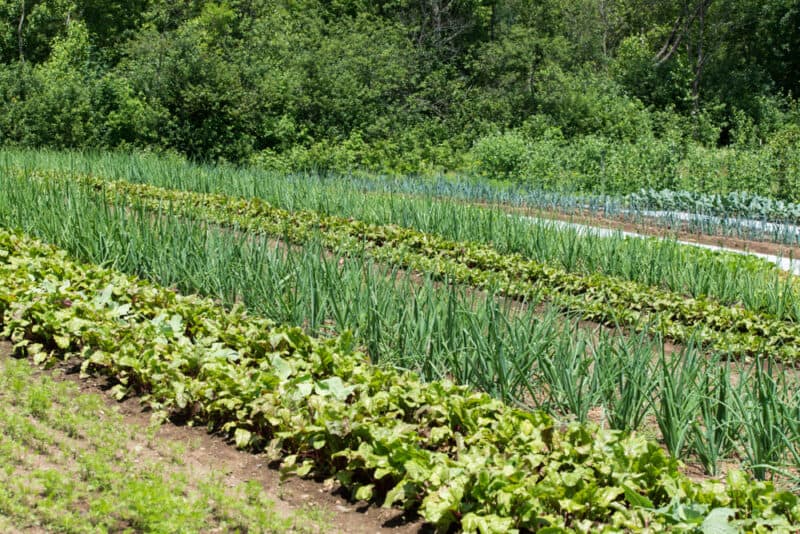
The most obvious benefit of intensive planting? It takes up a lot less space. When you plant in every available inch of your garden, nothing goes to waste. That’s hugely beneficial if you live in an area where space is at a premium.
Of course, there are several other benefits to note, too.
1. Companion Plants
Many intensive planting methods require you to grow multiple kinds of companion plants side by side. Companion plants don’t just save space, but they can also help attract beneficial insects or repel harmful ones. You can also use this planting method to re-supply nutrients to the soil.
2. Fewer Weeds
This one’s pretty simple. Less open ground=less space for weeds to pop up. Easy as that!
3. Better Utilization
If you’ve ever looked out at your garden and lamented over the wasted space, intensive planting is the planting method for you. Not only will you use every square inch of available real estate, but you’ll also have fewer resources going to waste.
4. Less Water Waste
Again, this one is pretty easy to figure out. When you stop watering the bare dirt between plants, you waste less water. Instead, every time you water your garden, it’s going right where you need it to go – to your plants!
5. Soil Improvement
One often-overlooked benefit of intensive planting is that it can help dramatically reduce run-off and erosion. When there’s less bare ground to worry about, there’s also less dirt that can escape.
Of course, this is only when intensive planting is done correctly. You must prepare the soil before planting by clearing it of weeds and adding plenty of organic matter. A bit of mulch also goes a long way in helping to improve the soil, too.
Intensive Planting Methods

There are several types of intensive planting methods to consider implementing in your garden. Here’s an overview.
1. Square Foot Gardening
Square foot gardening is an easy method of intensive planting that involves creating tiny, orderly grids.
You’ll build a small garden bed (the size is up to you, but a common measurement is 4×4-feet). Divide it into a grid of 1-foot squares and manage each individually. You can grow just one plant per grid or several – the choice is yours.
2. Crop Rotation
Technically, crop rotation is also a method of intensive planting that can be beneficial for many gardeners. This simply involves planting crops in an order that will help enhance soil fertility and keep diseases and pests at bay. Certain crops are heavy feeders, using up lots of nutrients, while others add nutrients back to the soil.
Tomatoes, for example, require a lot of nitrogen – while green beans add it right back.
By planting these “replenishing” crops immediately after the heavy feeders, you can help keep your garden healthy. You can also grow multiple plants right next to each other in this method without having to worry about overtaxing the soil.
Crop rotation, or growing different plants in the same area in a given period, is also a good way to make the most of limited space because you can grow several kinds of plants based on the season – allowing you to maximize the full calendar year.
3. Companion Planting
Companion planting is another simple way to make the most of intensive planting, though it’s usually not the first system most people think of. There are several companion planting methods you can turn to with intensive gardening.
The first is simply planting multiple kinds of crops together in the same planting bed. Also known as inter-cropping. This method will allow you to fulfill a variety of purposes. For example, you could plant a low-growing, shade-loving plant beneath two that grows much taller.
Another option is to plant certain species of plants near a vegetable garden so they can attract pollinating insects. These plants may also protect other crops nearby from damage caused by pests.
There are even intensive planting methods that require you to plant several kinds of plants near each other to improve the flavor of one or more crops (though this is a more folk tradition than anything based on solid scientific evidence).
4. Raised Beds
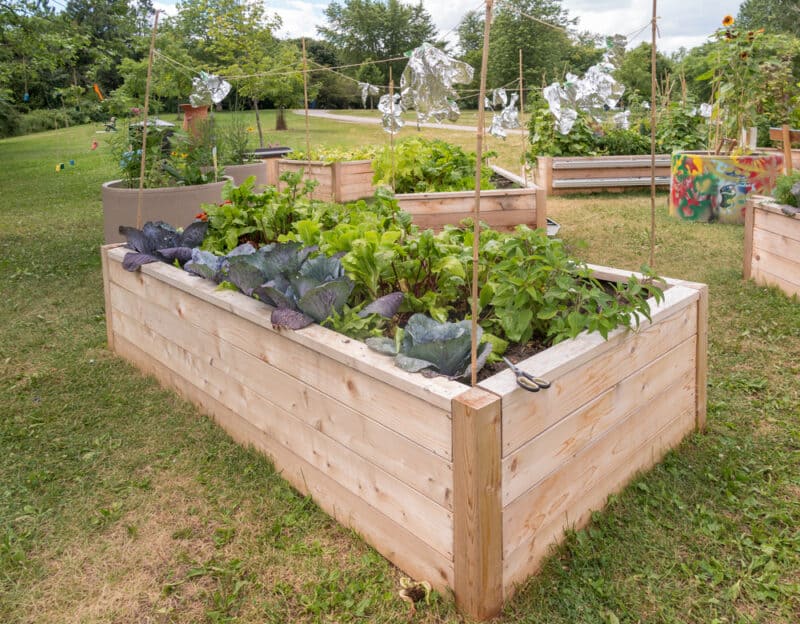
Raised beds can help you make the most of limited (or less than ideal) garden space. You can build a raised bed in any shape, making it work for the environment you have available, or you can even create your own DIY raised bed by hoeing up a bit of soil to make a raised area that’s higher than the surrounding ground.
This will help you create a hedged-in space that can be used to grow many kinds of plants.
Since they are growing in more fertile soil, theoretically, you don’t need to provide as much space between them. By planting in wide rows inside your raised beds, you can get even more benefit – you can simply reach over to tend your plants rather than having to step inside the beds.
5. Bio-intensive Gardening System
Another organic intensive planting method is bio-intensive gardening. It essentially has 8 core principles – deep soil preparation, super-close plant spacing (typically in a hexagonal shape), composting, carbon farming (growing plants that produce mature biomass that can be returned to the soil, like rye).
Calorie farming (growing calorie-dense plants like sweet potatoes, that offer more for the amount of space they take up), companion planting, planting open-pollinated seeds and keeping a whole-system perspective.
Bio-intensive gardening is unique because it focuses on the quality of the soil, not the size of the garden. By building your soil, you’ll improve the quality and quantity of your garden yields so that over time you can grow more food in a smaller amount of space.
What to Keep in Mind
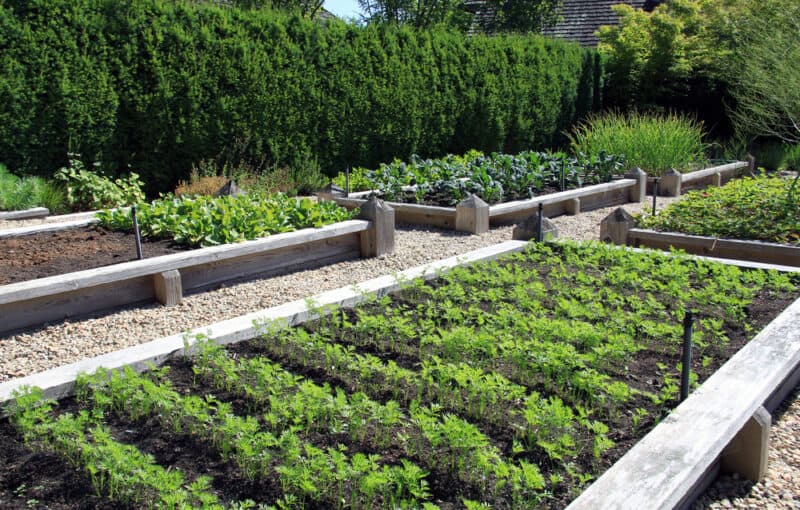
1. Permanent Beds Will Be Easier
Permanent beds are much easier to manage with intensive planting. That’s because you can concentrate your efforts only on where you plan to grow plants. You don’t have to worry about compaction, wasted irrigation water, or wasted compost.
2. Use Lots of Compost
Another fixture of most intensive gardens is that they rely heavily on compost. When you use compost, you can provide balanced nutrients back to the soil while also improving its water-holding capacity and texture. As I mentioned earlier, better soil = better yields.
3. Use Mixed Planting or Multiple Plant Types Rather Than Crowding Together
Rather than planting just one type of plant – and crowding those plants close together in a single raised bed – the ideal intensive planting system will use multiple kinds of plants so they can play off each other nicely. You might choose plants of varying heights, growth rates, and root depths.
4. Consider Succession Planting
Succession planting is often considered separately from intensive planting, but really, the two growing methods go hand in hand. Succession planting, or staggered planting, will let you enjoy a staggered harvest so you can maximize the growing season – and the amount of space you have available.
Feel Free to Customize
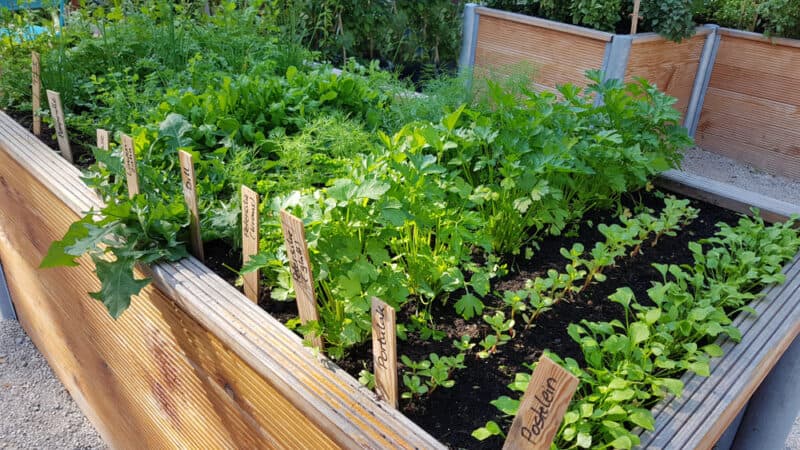
The best tip for intensive planting is to use several of the tips above to make them work for your unique system.
Each garden will be different in terms of what you can grow and how you choose to grow it. As long as you dedicate some time to improving the quality of your soil both before, during, and after planting, you shouldn’t have any problem with growing your plants in less space.
You’ll save time, space, and energy – and you’ll appreciate the increased yields of your garden, too. Give it a try!
